Quartermaster #004
A lovely Hardy Princess, a very sharp Abel No. 2 with spare spool, and a Buy-It-Now 9-Foot 5-Weight Loomis NRX.
At some point in every pursuit, our relationship to it mutates. We slide — sometimes suddenly, even violently — into collecting the objects that mark the milestones of our passion. Tools become totems. Gear becomes artifact. What started as motion becomes meaning. What began in the doing becomes a way of being.
Audiophiles have their vinyl. Photographers, their film-filled Leicas. Gearheads trade turbos for stick shifts and chase the sound of an air-cooled engine. Horologists hunt golden-era timepieces that still beat with mechanical heart.
Anglers are no different.
If you’re like me, you still want to fish, but you want to do it with soul. With style. With gear that says: I’ve been here a while.
Quartermaster is a curated dispatch of gear from across the web that deserves a second life.
Forget words like vintage or collectible. I look for items that tell stories and are ready to make some new ones. Things phased out by cost-cutting and offshoring. Stuff that stands up like a middle finger to the mediocrity of modern mass-manufacturing. Stuff that makes your palms sweat a little when you hold it.
Screw nostalgia.
Quartermaster is here to help you fall back in love with what hooked you in the first place. And send it, with style.
Late 1960s Hardy Princess with Spare Spool and Zipper Pouch
Hardy’s Princess debuted in the 1950s as a part of their Lightweight Series of reels which included the Flyweight, Featherweight, and LRH Lightweight. The series was something of an evolution in fly reel design, one that both reflected the shifting culture of angling in the postwar era, and came to define the next few decades. It marked a departure from the ornate legacy of the Perfect and St. George: stripped-down, modern, and built for the everyday angler.
Despite its delicate sounding name, the Princess was the undisputed workhorse of the Lightweight Series, ideally sized for 6-weight rods and boasting enough spool space for ample backing making them suitable for even light salmon fishing. All in all, it was a reel that helped Hardy shed some of its aristocratic image in favor of a more grounded, working-class appeal.
Like most reels that had a long production run, the Princess saw several variations. This example was likely manufactured sometime in the late 1960s and early 1970s, in what many collectors consider the sweet spot of production. Earlier production runs were marked by a ribbed brass reel foot which was swapped out in the early sixties for smooth, un-anodized alloy; the matte gray pebbled enamel finish is another hallmark of this era, a coating that was phased out by the 1980s. The use of engraving for the logo and model name is another tell of these ‘sweet spot’ Princess reels.
By today’s standards, the Princess is heavier than a typical 6-weight reel yet only spans 3 ½” inches across the face. But its weight, build quality, and styling make it an exceptional option for retro-minded anglers looking for something to pair with a fiberglass rod. And having most certainly been handmade in Alwick, it has the kind of understated, #IYKYK prestige that you’d find in a Leica rangefinder or Technics turntable. This one shows some honest patina and comes with an extra spool and Hardy zipper case, making it a really pleasing package for anyone looking to add some heritage to their lineup.
This one is up on an open auction on eBay with a starting bid of $225.
Like-New Loomis NRX 9’ 5wt Rod
Twelve years ago I left my Upper East Side apartment to visit the only independently-owned fly shop in Manhattan, Urban Angler. I was still green, but I felt my fishing had matured past the capabilities of the entry-level two-piece Orvis rod on which I’d learned the basics of casting. It was time for a real rod.
Ron, Urban Angler’s longtime store manager, met me with a smile when I stepped off the elevator, and upon hearing my intentions, wasted no time in walking me through their impressive lineup of rods. After a few hours of discussion and lots of wiggling of rod tips (mostly for show on my part), Ron packed up a brand new 9-foot 5-weight Loomis NRX and sent me on my way. I didn’t know it then, but I’d just purchased what would not only become my favorite rod, but the rod that would shape my entire journey as an angler.
Loomis was founded by Gary Loomis in 1982 in Washington State. Like many maker-founders, Gary fused his passions as a machinist and angler into an exploration of turning aerospace-grade graphite into high quality fly rods marked by fast recovery speed, sensitivity, and unparalleled power-to-weight ratios. By the 1990s, Loomis was a household name among anglers.
The NRX line was launched in 2010 under the leadership of celebrated rod designer and international fly casting champion Steve Rajeff. Loomis and Rajeff marketed the NRX as a quantum leap in graphite performance, pointing to a proprietary Nano Silica resin that bolstered the strength of their powerful, but brittle, graphite. The resulting NRX line was a marvel; a high-modulus stick that boasted incredible power while remaining exceptionally light for its weight class, winning both ‘Best of Show’ and ‘Best New Fly Rod’ at that year’s ICAST.
I didn’t know any of this when I walked out of Urban Angler that day, but in the decade-plus since purchasing it, my Loomis 9-foot 5-weight NRX has earned its place as my favorite rod. Over the years its landed everything from smallmouth and landlocked salmon, to Yellowstone Cutthroats and California Redbands. It’s happiest when overlined, yet can throw any kind of fly without flagging or overpowering the cast. Knock wood, but my NRX has outlasted rods from every other manufacture I’ve tried over the years, and dollars to donuts it will likely outlast me.
It’s because of all this that I considered gatekeeping this like-new example that’s on eBay with a buy-it-now price of $850 — $150 bucks less than I paid back in 2013. It’s no small chunk of change, but I couldn’t imagine my fishing life without my NRX, and would pay that and more to have a replacement waiting in the wings should my beloved Loomis meet an untimely end.
American-Made Abel No. 2 with Spare Spool and Pouch
The Abel No. 2 is one of those reels that feels like it belongs in the Hall of Fame of fly fishing, not because it won IGFA honors or industry accolades, but because it was the quiet best friend of the Saltwater Fly Rodders of America and celebrity anglers Flip Pallot and Lefty Kreh.
Where Abel’s No. 3, 4 and 5 were often the choice for trophy-hunting anglers chasing tarpon, GTs and billfish, the Abel No. 2 was perfectly positioned for lighter saltwater species like bonefish and striped bass. Rivaling Tibor’s Everglades model with both its burly design and sealed cork drag system, the No. 2 was an absolute workhorse model that would still suit modern saltwater and steelhead anglers well.
Perhaps the most recognizable feature of the Big Game series reels was Abel’s signature radial porting pattern with alternating spoke sizes and gloss black anodized finish, a look that defined early-to-mid 1990s reels and remains a distinctive aesthetic of the brand today. Thirty some years after its heyday, the porting pattern feels decidedly vintage without feeling quaint, like a set of Fuchs rims on an air-cooled Porsche.
The example featured here seems to have either dodged the hardworking life so many of these reels experienced, showing very faint evidence of wear throughout. The cork also appears to be in solid shape, and would no doubt function as new with a little cleaning and a light application of neatsfoot oil. The second spool is a rare bonus; being able to switch out floating and intermediate sinking lines on the fly, or species-specific setups throughout the season is made much more pleasant with a second spool.
At time of publishing, the eBay auction listing has only one bid of only $375 which is well below market for these exceptional reels. Especially when you consider that Abel doesn’t make them like this anymore—and maybe no one ever will again.



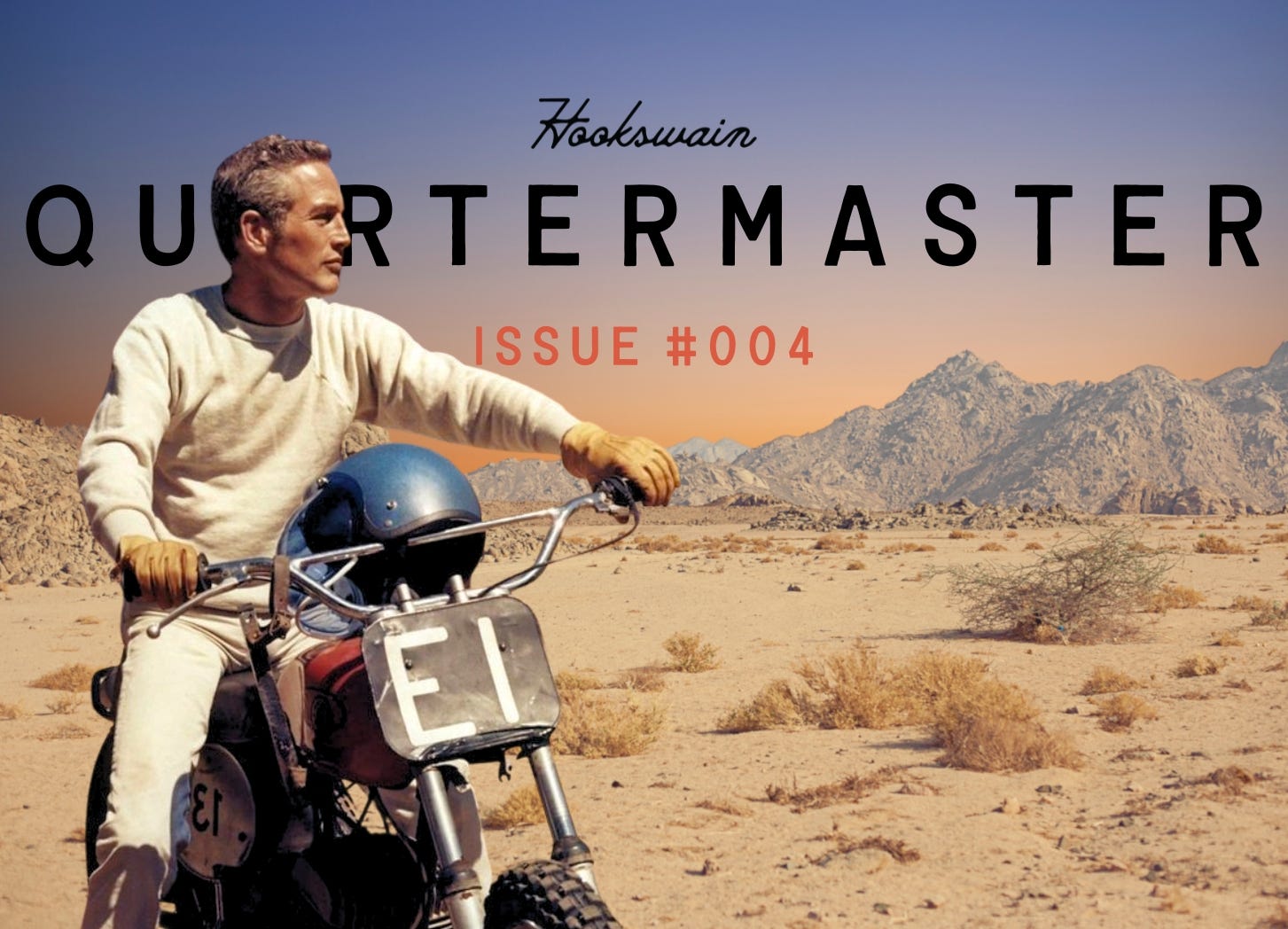
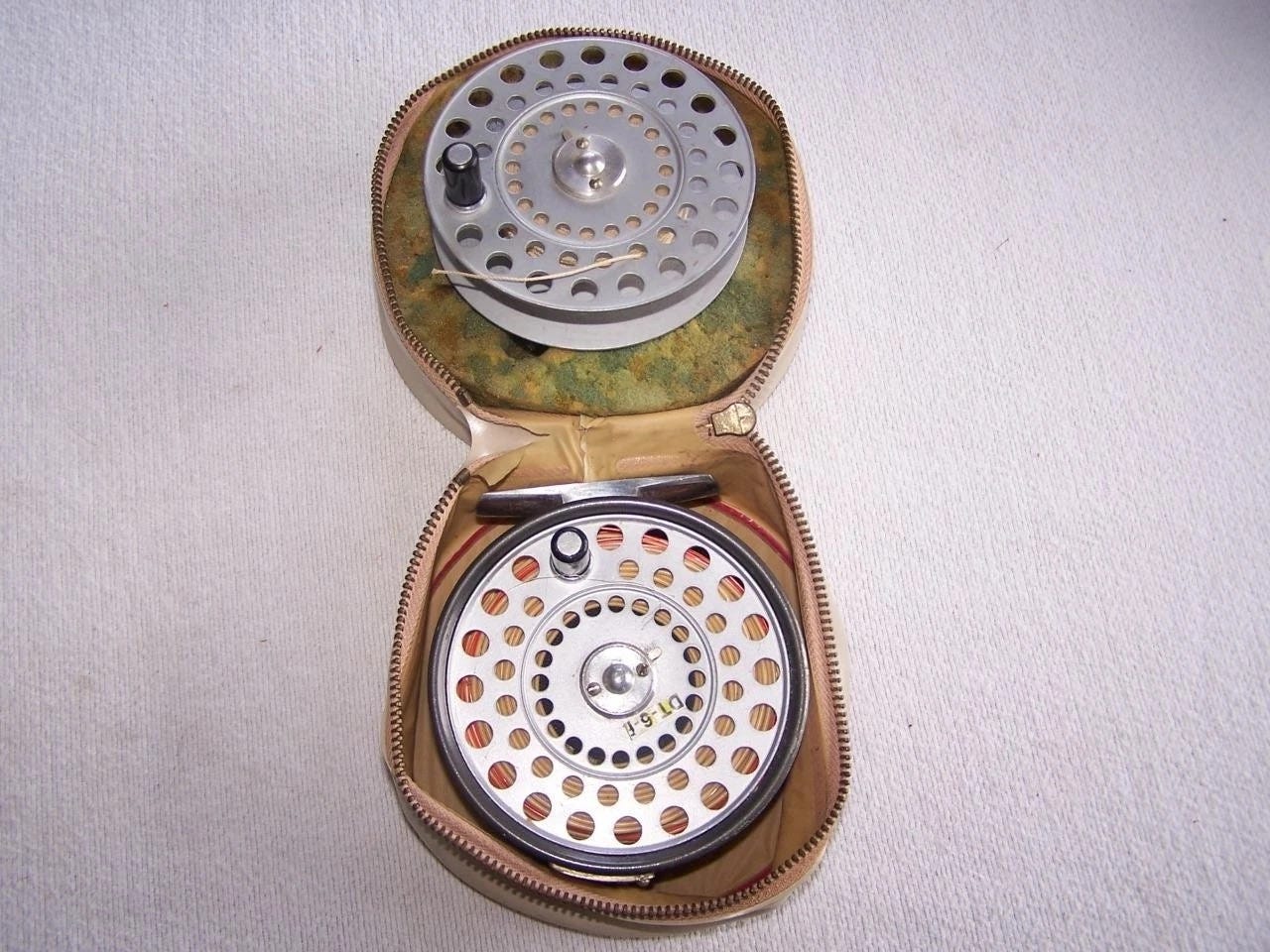
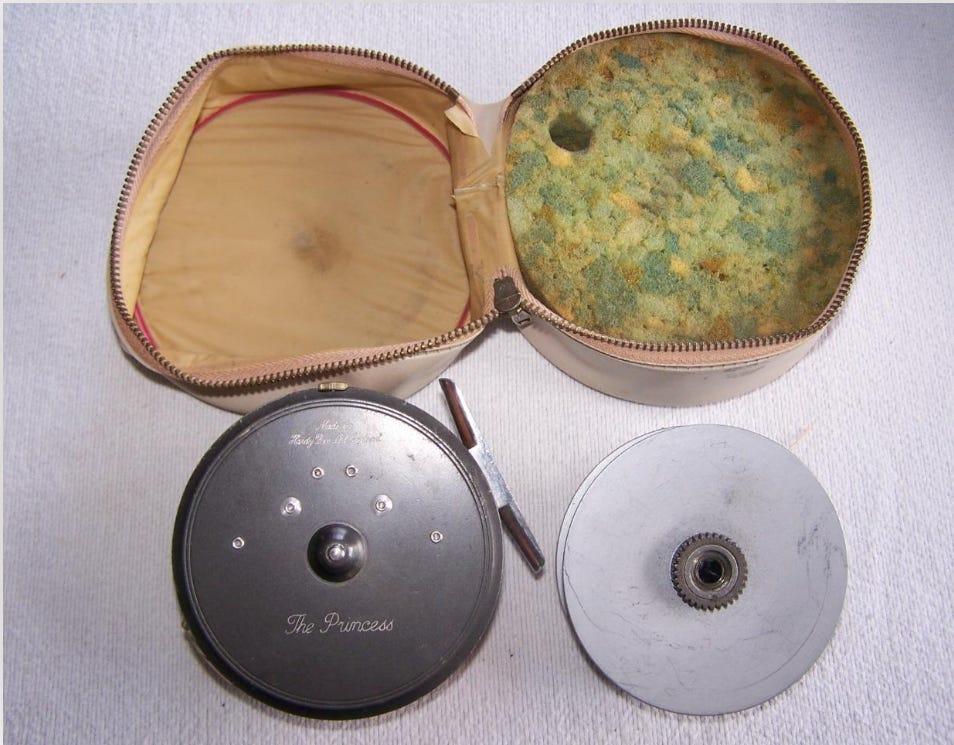
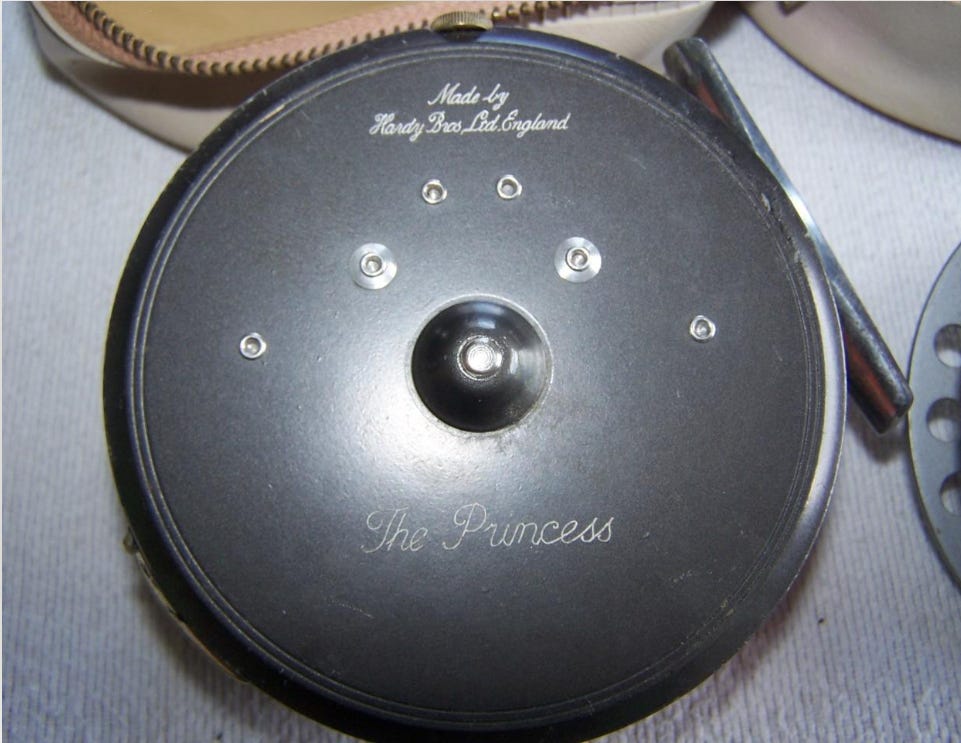
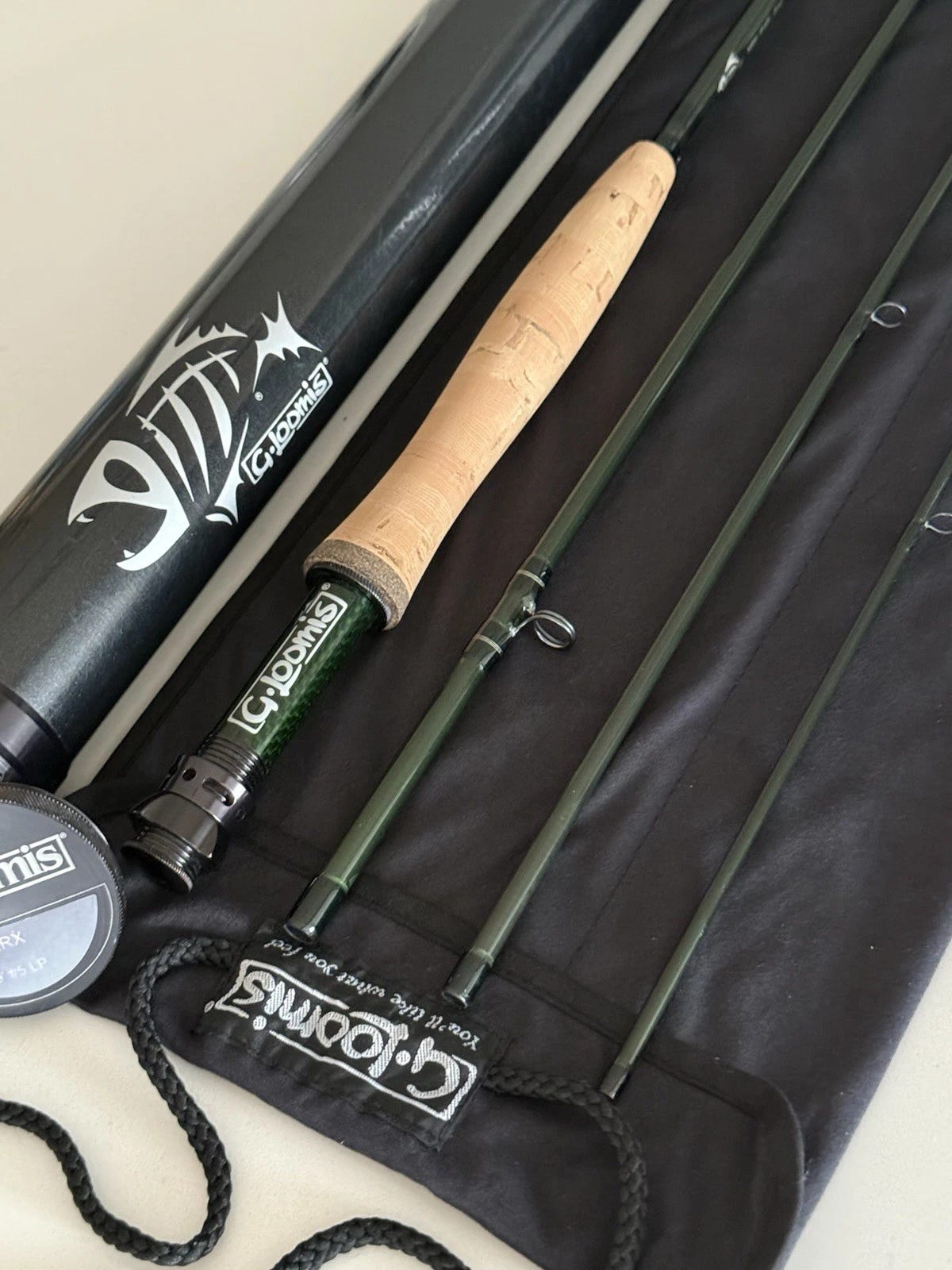
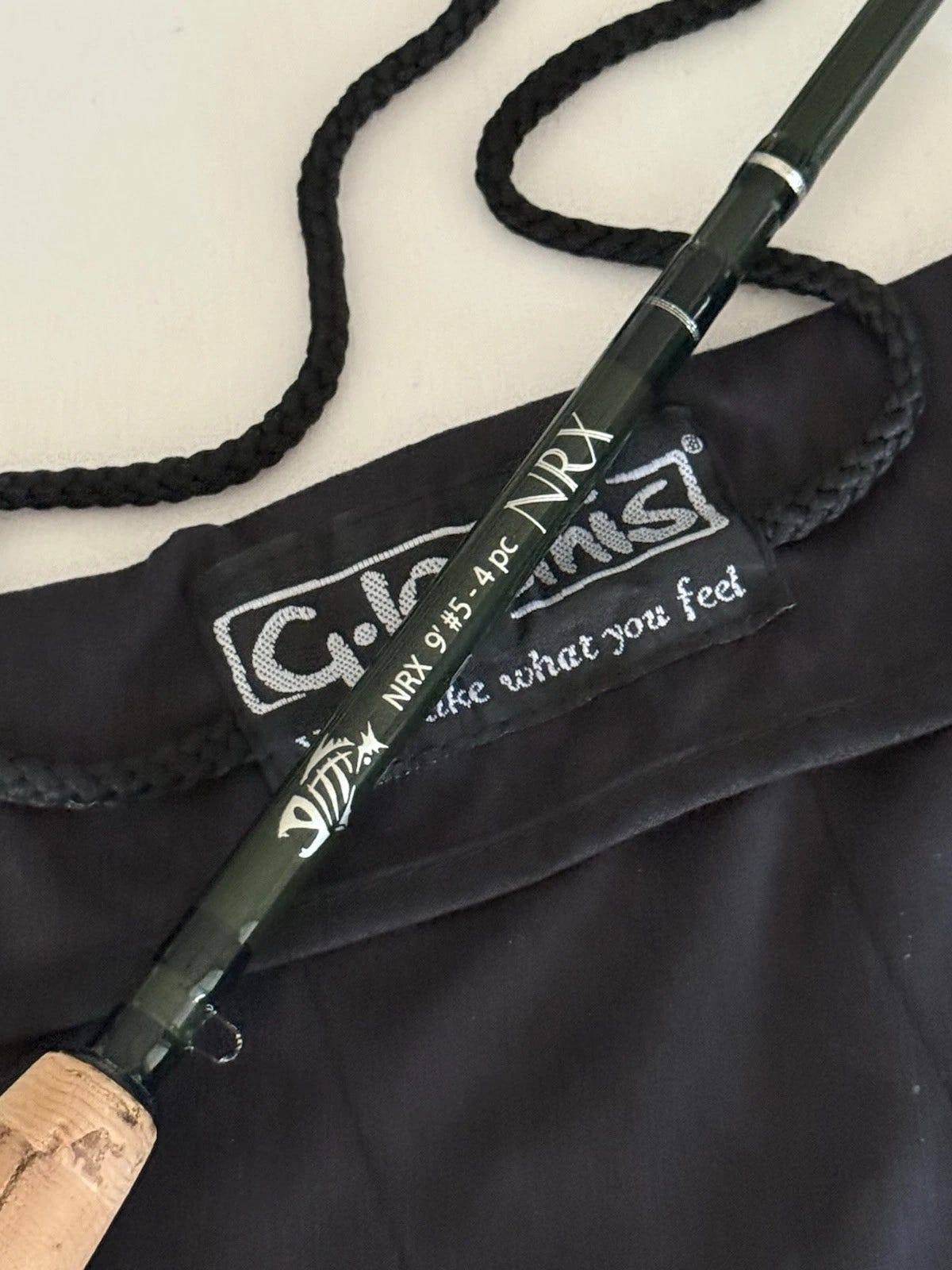
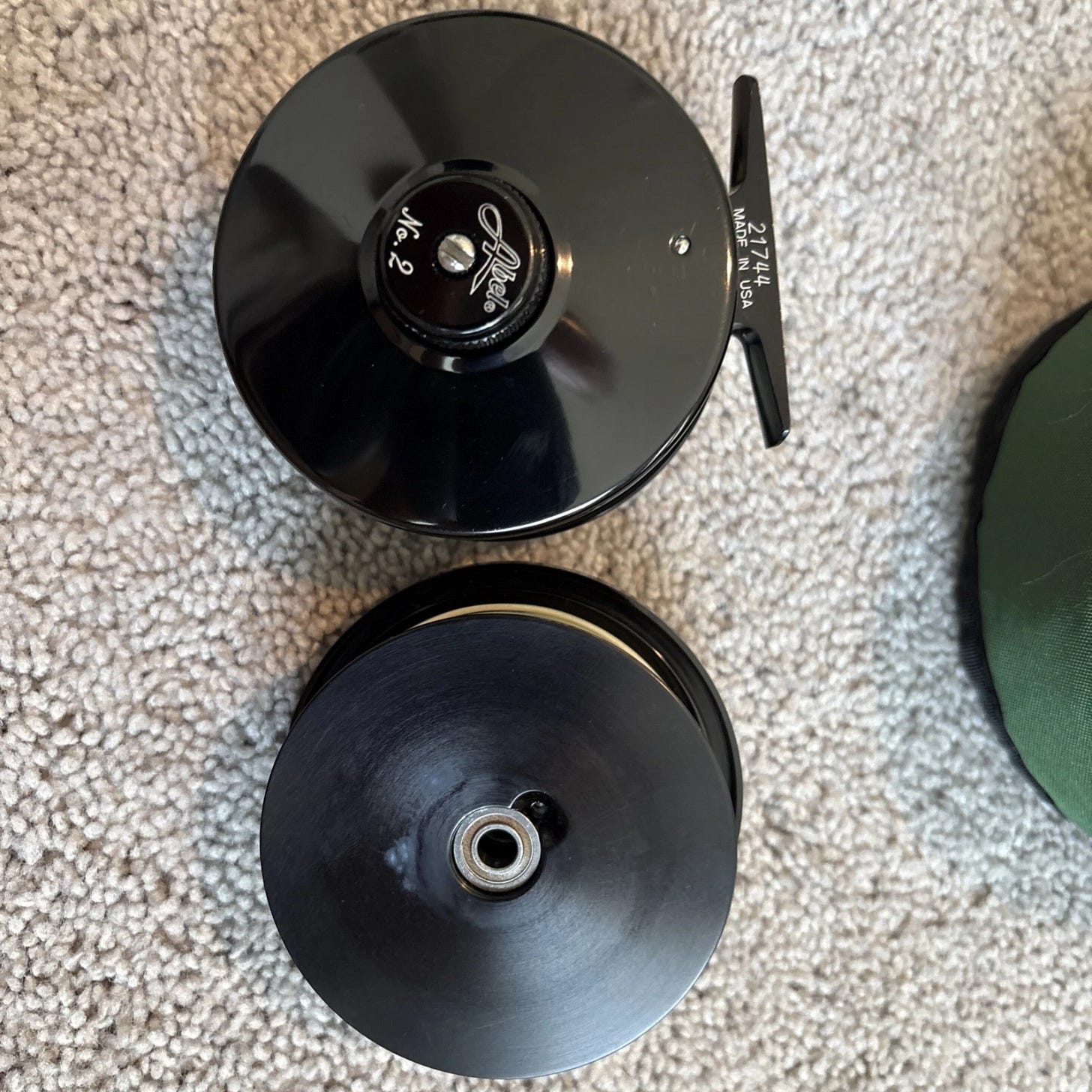

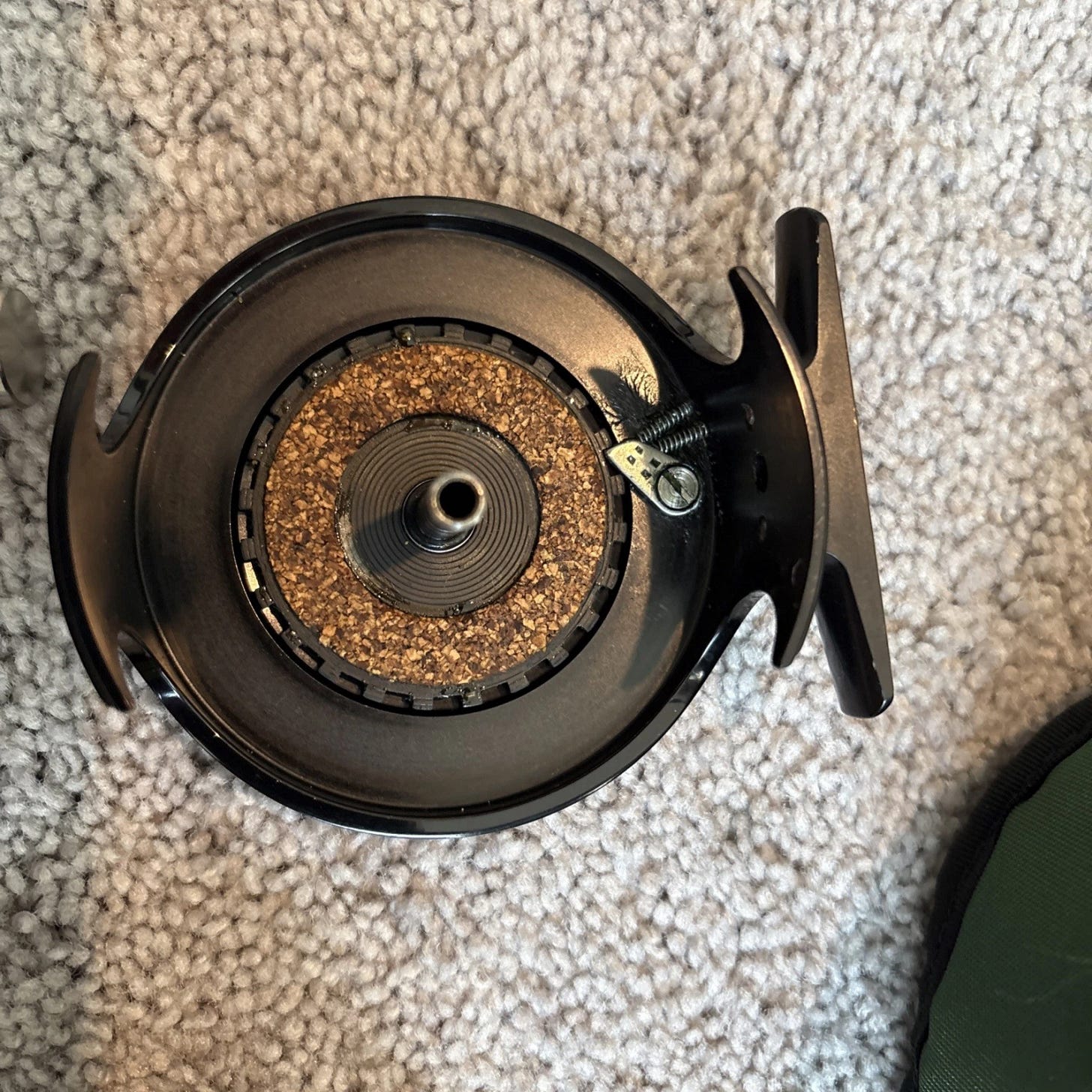
Love all the Hardys. My go-to reel for trout is my old "tuna can" Martin 60. Got my great-great grandpa's Martin auto from the 1890s (and his bamboo rod) that I'd really love to fish with at some point